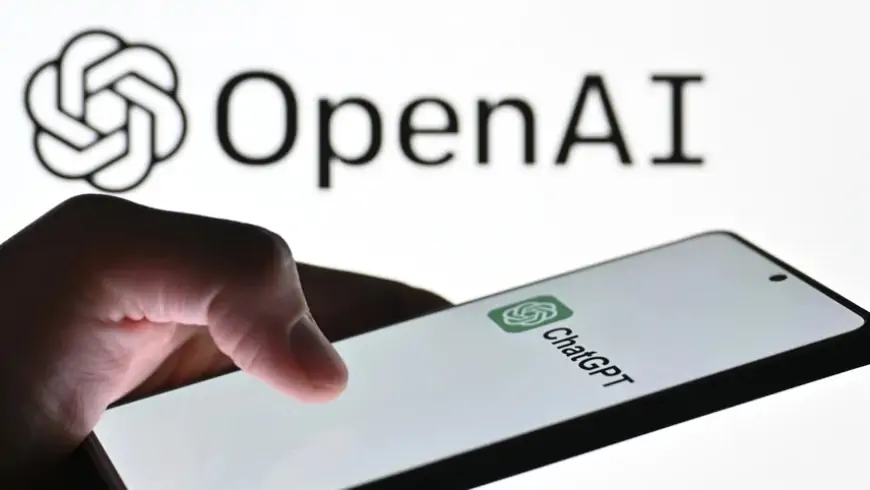OpenAI allows companies to personalize its most advanced AI model: An ultimate guide
OpenAI's new feature lets businesses fine-tune GPT-4o with their own data, enhancing model relevance and performance for specific tasks or industries.

OpenAI is set to unveil a new feature that will allow businesses to personalize its most sophisticated AI model, GPT-4o, using their proprietary data. This upcoming feature, known as fine-tuning, is scheduled to launch on Tuesday. Fine-tuning is a technique in the AI field where an existing model is further trained with additional, specific data relevant to a particular task or industry. This allows the AI to perform more effectively in specialized contexts.
For example, a company specializing in skateboards could utilize fine-tuning to adapt the GPT-4o model into a customer service chatbot designed to handle inquiries about skateboard components, maintenance, and usage. This customization makes the AI model more relevant and useful for the company's specific needs.
This feature represents a major advancement for OpenAI's flagship model, as fine-tuning has not been previously available for GPT-4o or its predecessor, GPT-4. Previously, OpenAI allowed fine-tuning on other models, such as the more affordable GPT-4o mini. The introduction of fine-tuning for GPT-4o is a strategic move to offer companies a more direct and seamless way to customize their AI, rather than relying on third-party services or less advanced models.
Olivier Godement, OpenAI’s head of product for its API, emphasized that the company is committed to minimizing the effort and complexity involved in fine-tuning. "We’ve been extremely focused on lowering the bar, the friction, the amount of work it takes to get started," Godement stated.
The process for fine-tuning involves businesses uploading their data to OpenAI’s servers. The actual training of the model typically takes between one to two hours, according to John Allard, an OpenAI software engineer specializing in customization. Initially, the fine-tuning capabilities will be limited to text-based data, meaning that images and other types of content will not be supported at this stage. This targeted approach ensures that businesses can fine-tune the AI to meet their specific textual needs effectively.
Overall, this new feature is expected to enhance the utility of GPT-4o for corporate clients by allowing them to tailor the model to their unique requirements, thereby improving the relevance and efficiency of AI applications in various business contexts.












































